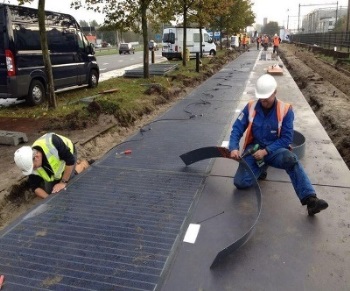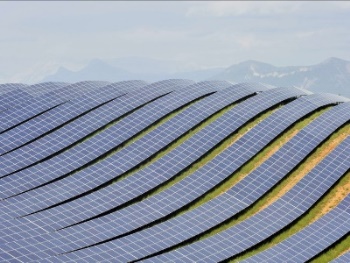I have a theory which is that the value of social networks could be directly connected to their emotional impact.
Following our post on ‘Why Facebook’s Power is About Fostering Emotions‘ we could maybe go one step further and look about the emotional impact of other social networks. Here’s my view on a few I am using regularly:
 Twitter does not create so much emotional impact except on those of us that are attracted by instant news and updates, so I do not believe in its ultimate success unless it enriches content with the objective of improving significantly its emotional impact (which it has started doing adding pictures and videos, but it remains limited and focused on news and events, so I am not convinced they’ll pull it through)
Twitter does not create so much emotional impact except on those of us that are attracted by instant news and updates, so I do not believe in its ultimate success unless it enriches content with the objective of improving significantly its emotional impact (which it has started doing adding pictures and videos, but it remains limited and focused on news and events, so I am not convinced they’ll pull it through)- the weakness of Google+ in my view is also the sleekness of the interface and the lack of a similar emotional impact like in Facebook, except for those that crave for great high-quality artistic pictures
- YouTube’s success could be attributable to the fact that video as a medium is much more emotionally inductive than pictures or text due to its rich content
Maybe you could think about other social networks and share how it fares in terms of emotional impact, and share whether it is correlated with its value. Please share in the comments!













